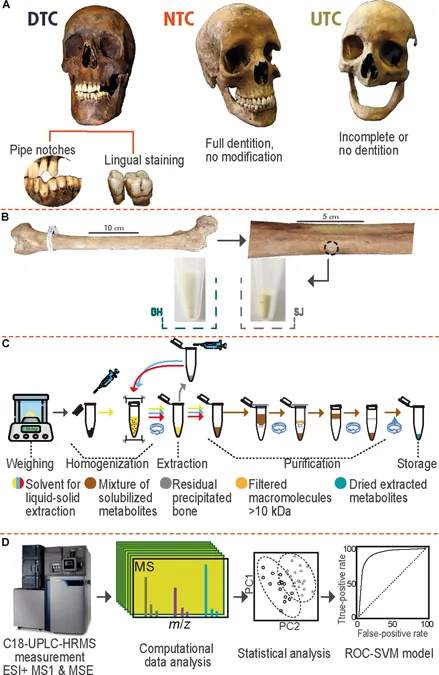
The Fragile Future of Spider Silk Startups: Opportunities and Challenges Exposed!
2024-10-07
Author: Benjamin
The Challenges of Spider Silk Production
The quest for spider silk production faces significant hurdles, primarily due to the natural behavior of spiders, which are known to be territorial and cannibalistic. This makes the establishment of large spider farms both problematic and, quite frankly, a terrifying prospect for entrepreneurs.
Biotechnology Innovations
In response to this, researchers and innovators are pivoting toward cutting-edge biotechnology, particularly through genetic modification to produce spider silk at scale. This method, known as heterologous expression, involves integrating spider-silk genes into various organisms. For instance, some scientists have successfully engineered goats that produce spider silk in their milk, while others are exploring the potential of plants like alfalfa, silkworms, yeast, and even bacteria. However, the process isn’t without its complications: the silk can be toxic to its host, and overcoming this toxicity is an area of ongoing investigation.
Balancing Production Quality and Cost
The goal of recent research has been to balance the advantages and disadvantages of potential host organisms, aiming to find an optimal blend of quality production and cost-effectiveness. As noted by researcher Guessous, the approach is similar to advancements in the pharmaceutical industry, which has increasingly opted for unicellular organisms cultivated in controlled lab environments and large bioreactors to produce delicate compounds. This trend is now influencing the spider silk production industry, shifting toward using microbes and bacteria as key players.
Identifying Opportunities in Challenges
While the initial findings may seem discouraging, researchers emphasize the importance of identifying these challenges, as they reveal opportunities where academic insights could lead to solutions within the burgeoning field of spider silk production.
Potential Applications and Market Barriers
In exploring potential applications, the research highlights several trade-offs for new market entrants. Fashion, particularly high-end designer wear, seems like a logical fit for spider silk, given the existing use of silkworm silk. However, the formidable presence of cheaper synthetics like polyester poses a significant barrier for new textiles trying to penetrate the market. Notably, even in the realm of luxury textiles, the current production costs of spider silk far exceed those of traditional materials.
High-Performance Material Applications
More promising is the application of spider silk in high-performance materials where durability and lightweight properties are paramount—think bulletproof vests, car panels, and specialized athletic gear. Additionally, spider silk could soon find a place in your beauty products, enhancing formulations in shampoos and lotions with its sought-after properties of shine and smoothness.
The Outlook for Spider Silk Startups
Working through the intricacies of this case study has provided new insights, leaving researchers feeling a blend of optimism and caution about future endeavors in biomanufacturing.
“I started this study brimming with excitement, but the myriad challenges have made me more conservative in my outlook,” shared researcher Bui. “However, there is still hope for innovation in this space.” Agreeing, Guessous added, “Understanding scalability is critical before venturing into such startups. Our research aims to offer valuable insights for both academic initiatives and entrepreneurial endeavors. We hope this resource will ignite the courage in others to launch the next breakthrough in spider silk production!”
Conclusion
With the right strategies and breakthroughs, the future of spider silk might be brighter than it appears—will you be one of the pioneers venturing into this captivating field?









 Brasil (PT)
Brasil (PT)
 Canada (EN)
Canada (EN)
 Chile (ES)
Chile (ES)
 España (ES)
España (ES)
 France (FR)
France (FR)
 Hong Kong (EN)
Hong Kong (EN)
 Italia (IT)
Italia (IT)
 日本 (JA)
日本 (JA)
 Magyarország (HU)
Magyarország (HU)
 Norge (NO)
Norge (NO)
 Polska (PL)
Polska (PL)
 Schweiz (DE)
Schweiz (DE)
 Singapore (EN)
Singapore (EN)
 Sverige (SV)
Sverige (SV)
 Suomi (FI)
Suomi (FI)
 Türkiye (TR)
Türkiye (TR)